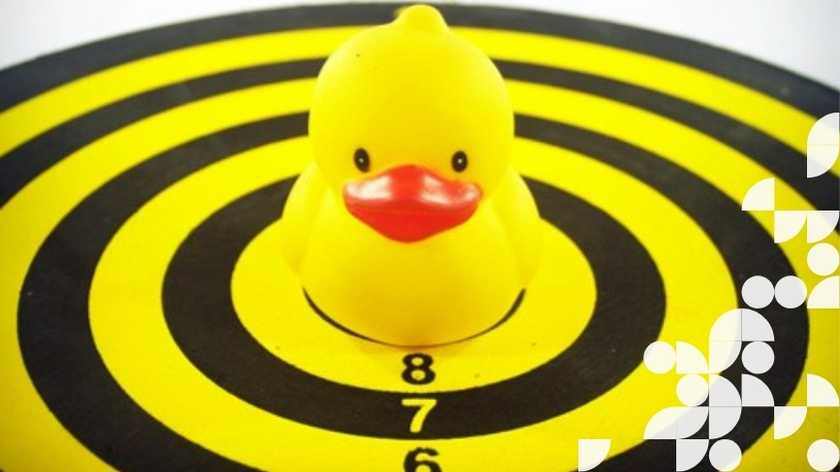Working behind a computer on yet another market study quickly becomes tedious. So, how do you avoid burnout? Imagine yourself facing your phone screen, opening the Candy Crush app, attempting to pass level 324, but once again, it seems impossible. Yet, two hours later, you'll give it another shot! How can employees approach their mission like a user facing level 324, ready to do whatever it takes to succeed? The 200 employees at Mindvalley tackle this puzzle with several highly original practices.
Mindvalley employees engage in not one but four techniques of work gamification on a daily basis. These all result from hackathons conducted by Mindvalley (discussed here) to continually reinvent the company's structure, methods, and ways of working. The following four practices, stemming from Hackathons organized by Mindvalley, are crucial in understanding how Mindvalley implements total work gamification:
The 1up platform: Utilizing digital badges inspired by Marvel superheroes to express recognition among peers
Employees created the 1up platform, dedicated to sending online badges representing superheroes and short notes to express gratitude to colleagues. For example, if an employee receives the "Flash" badge, it means they are being thanked for their speed of execution and efficiency. By focusing on distributive justice, the feeling that what one receives at work is fair, Mindvalley increases its employees' sense of well-being.
Bell of Awareness and Wall of Awesomeness
The goal in a game is to advance to the next level and so on, and it's the same at Mindvalley. As soon as a project that required many hours of work and contributed to the company's progress is completed, one can ring a bell at the entrance, the Bell of Awareness, to acknowledge success, perseverance, and gained experience. The Wall of Awesomeness is another practice to embody the same idea: all achievements by employees, from TedX talks to newborns, are displayed on this wall.
Awesomeness Report and Leader Board
Every week, a team is invited to report its success on the auditorium stage, the principle of the Awesomeness Report. While teams are acknowledged by taking the stage and sharing their success, individuals can also be recognized: every Friday, the Leader Board is released, naming three employees through a general vote where everyone can participate or not, for significantly influencing the company's success during the week. It's a subjective judgment but allows some individuals to be in the spotlight and, most importantly, thanked for their daily work. It could be the janitor who fixed a bar in the gym or a designer who created a new CGI. Gatherings to reward teams or employees are not established to discuss results or performance but to celebrate each person's achievements and further motivate them in their tasks. Sharing team success creates positive emulation: while some do not want to disappoint, others are boosted and motivated to become the team that will take the stage the following week.
Easter Eggs
When the game gets challenging and it becomes difficult to pass levels, game designers always manage to revive excitement by integrating small surprise features (called easter eggs by our "geek" friends). At Mindvalley, it's S.P.L.A.S.H that holds this role. S.P.L.A.S.H is a team whose members change constantly to remain anonymous. They are allocated a budget each month based on the company's results. Their goal is to make work lighthearted and collaboration enjoyable through small gifts or organizing quirky internal events when they feel the work atmosphere is becoming burdensome. A bit like the anonymous fun team. For example, they improvised a "Starbucks Coffee for everyone" for the entire company one morning.
Our interlocutor concludes: when you break down the barriers between work and play, employees come up with new ideas and are more creative. They invest in continuous improvement of collaboration, services offered by the company, and ultimately the company itself. This gamification of work allows employees to go beyond the initial colleague relationship and create a much stronger bond. Employees share many moments unrelated to work, strengthening connections, allowing employees to get to know each other, and therefore work better together.




